Bayard
Bayard's JournalSaturday Night Dogs (and Cats!)
"Adorable and Huge Animals"
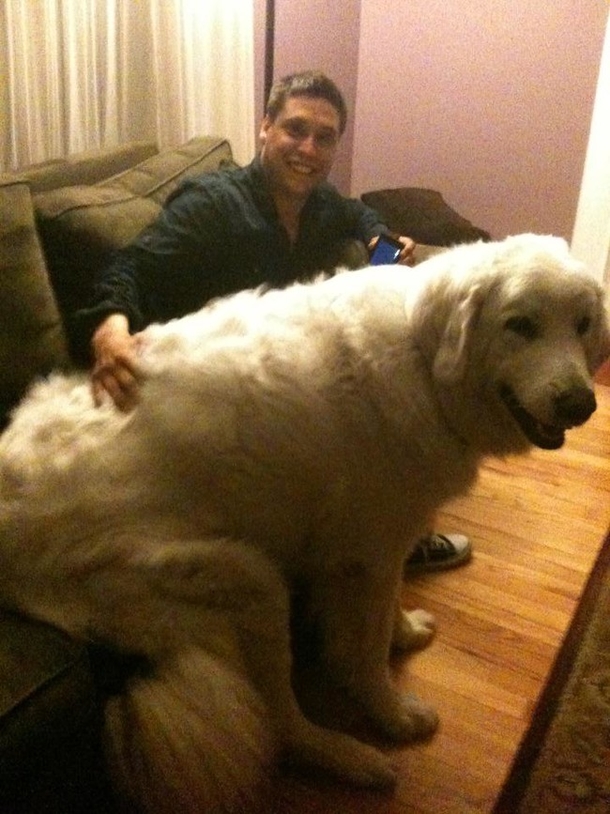
(of course, I had to get a Great Pyrenees in here.)
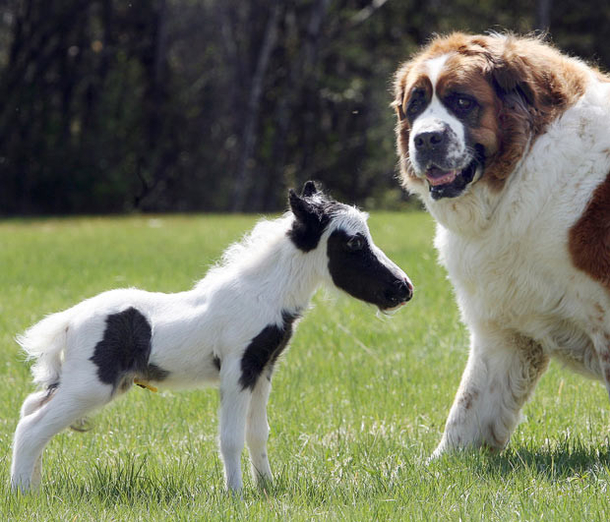
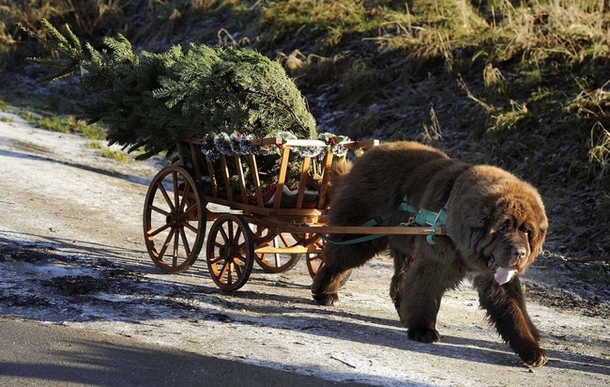
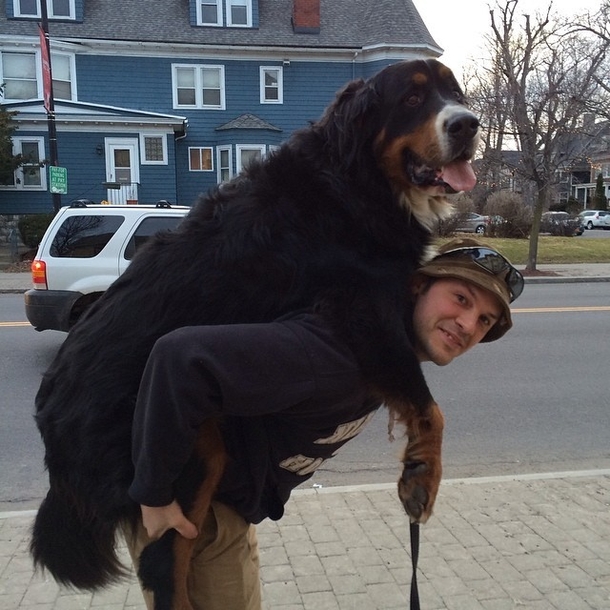
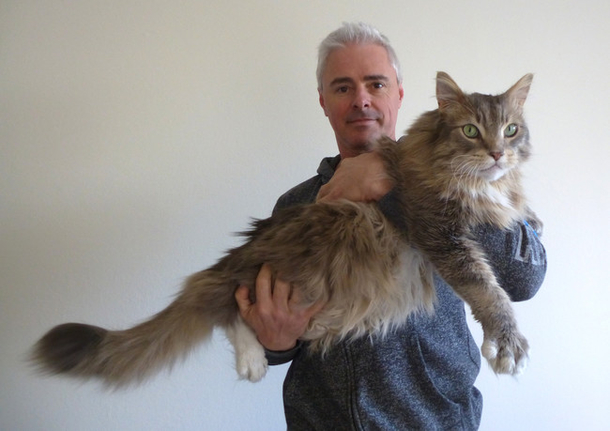

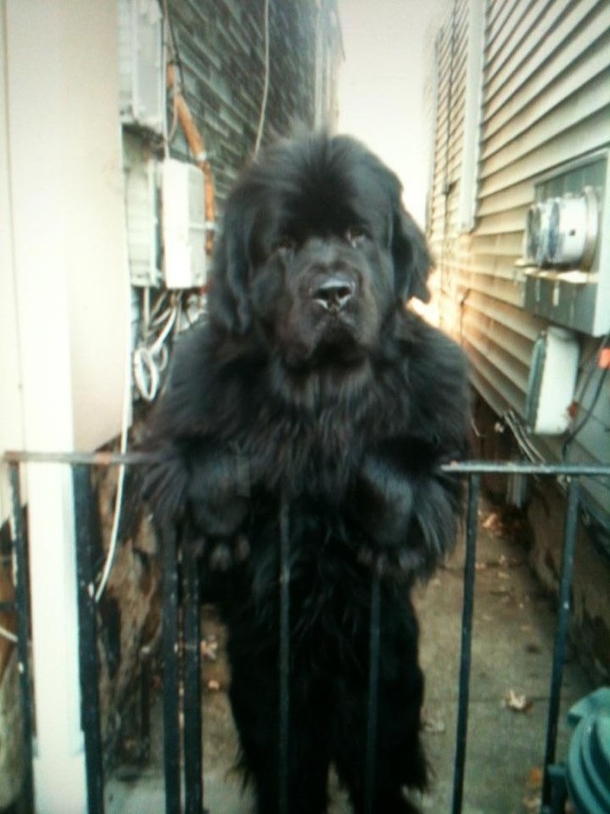

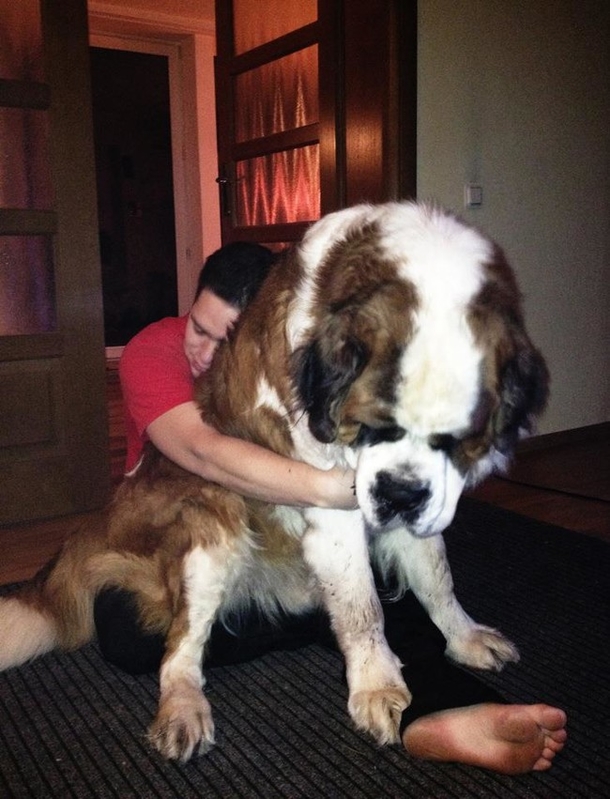


https://www.lovethispic.com/blog/4651/30-adorable-and-huge-animals
AI pinpoints where psychosis originates in the brain
Scientists have moved a step closer to understanding the basis of the hallucinations and delusions that characterize schizophrenia and bipolar disorder.
New brain scans from people with psychosis may confirm a long-standing theory as to why people experience these sudden breaks from reality.
The theory states that, in psychosis, brain networks in charge of directing a person's attention malfunction. This causes a person to experience hallucinations, or sensations of things that aren't actually happening; and delusions, or unshakable false beliefs. Psychosis is a feature of serious mental disorders such as schizophrenia, but its symptoms exist on a continuum and can also occur independently of any defined mental disorder.
The precise details of what happens in the brain to cause psychosis have long eluded scientists. One reason for this is that psychosis is often studied in people who have long been taking antipsychotic medications, so it's difficult to distinguish brain changes tied to the condition from those linked to the drugs.
A goal of the new brain-scan study, published April 11 in the journal Molecular Psychiatry, was to pinpoint the underlying mechanisms involved in psychosis from an early age, which could help pave the way to earlier diagnoses and better treatments.
"The abnormalities do not start when you are in your 20s; they are evident even when you are 7 or 8," lead study author Kaustubh Supekar, a clinical associate professor of psychiatry and behavioral sciences at Stanford University School of Medicine, said in a statement.
https://www.livescience.com/health/mind/ai-pinpoints-where-psychosis-originates-in-the-brain?utm_term=55C996C6-4393-4B13-9736-9BEC0BC6AFA6&lrh=990ccd8e582dc48a5de81889b47c5d726c369528246fb5cf774b4c820833a528&utm_campaign=368B3745-DDE0-4A69-A2E8-62503D85375D&utm_medium=email&utm_content=73621520-7336-4E04-8205-6E621604377F&utm_source=SmartBrief
Octopuses torture and eat themselves after mating
Science finally knows why.
Many animal species die after they reproduce. But in octopus mothers, this decline is particularly alarming: In most species, as an octopus mother's eggs get close to hatching, she stops eating. She then leaves her protective huddle over her brood and becomes bent on self-destruction. She might beat herself against a rock, tear at her own skin, even eat pieces of her own arms.
Now, researchers have discovered the chemicals that seem to control this fatal frenzy. After an octopus lays eggs, she undergoes changes in the production and use of cholesterol in her body, which in turn increases her production of steroid hormones — a biochemical shift that will doom her. Some of the changes may hint at processes that explain longevity in invertebrates more generally, said Z. Yan Wang, an assistant professor of psychology and biology at the University of Washington.
"Now that we have these pathways, we're really interested to link them to individual behaviors, or even individual differences in how animals express these behaviors," Wang told Live Science.
Programmed to die
Even as an English-major undergraduate student, Wang was intrigued by female reproduction, she said. When she transitioned into graduate school in science, she kept that interest, and was struck by the dramatic deaths of octopus mothers after they laid their eggs. No one knows the purpose of the behavior. Theories include the idea that the dramatic death displays draw predators away from eggs, or that the mother's body releases nutrients into the water that nurture the eggs. Most likely, Wang said, the die-off protects the babies from the older generation. Octopuses are cannibals, she said, and if older octopuses stuck around, they might end up eating all of each other's young.
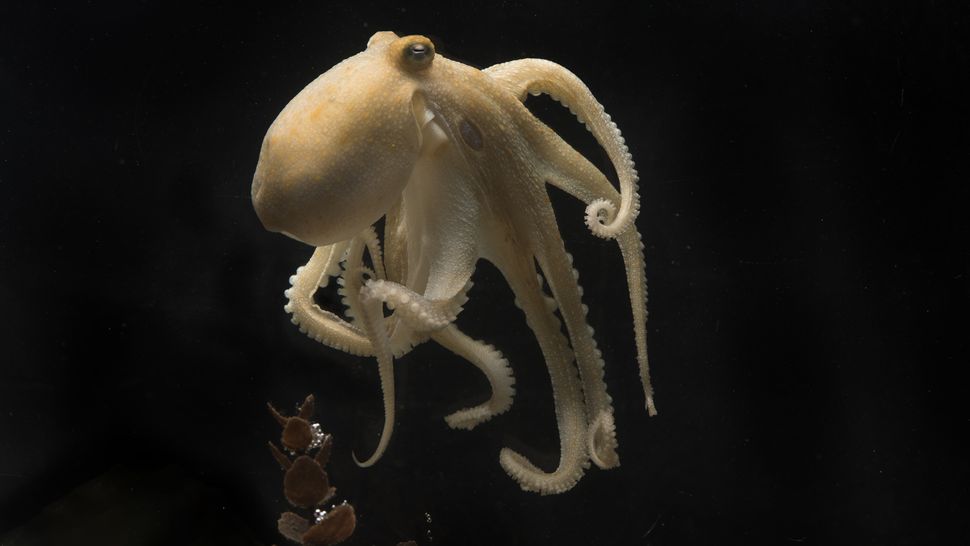
https://www.livescience.com/why-octopus-moms-self-destruct
Let the jokes begin.....
And this is why you have itty bitty girls dancing with big guys.....
(Or ice skating!)
The Cure for a Bad Day
Guess who showed up at the barn yesterday?
He says his name is Thomas, but his friends call him Tommy. I'd say around 8 wks old. We've also had an old tom cat hanging around lately (there's good eats here!) and I suspect Tommy had followed him here. They seem to be on good terms (the other barn cats are skeptical.) No sign of mom or other kittens.
Both have a little white spot on their chests. We've been calling the tom, Spot (score one for originality). Haven't been able to get closer to him than 10 feet, but he's chatty. If he hangs around long enough, I'll trap him and take for neutering/shots. There will be no problem getting Thomas in a crate--he climbs my leg!


Soul-Healing Rescue Pet Pics To Make You Smile
Overworked shelters take in millions of lost, stray, and abused animals every year. Luckily, people continue to open their doors and hearts to these misfits.
By adopting a pet rather than buying one, we not only give it a second chance at life but also free up valuable space and other resources that allow humane organizations to take in and help more critters.

The First Picture After Adopting A Dog

A Rescue From Ukraine. Her Name Is Bella

This Is Grandma, A Toothless, Elderly Stray Who Was Brought To Our Clinic And My Coworker Adopted. She Comes To Work Every Day And Just Hangs Out Waiting For Snuggles
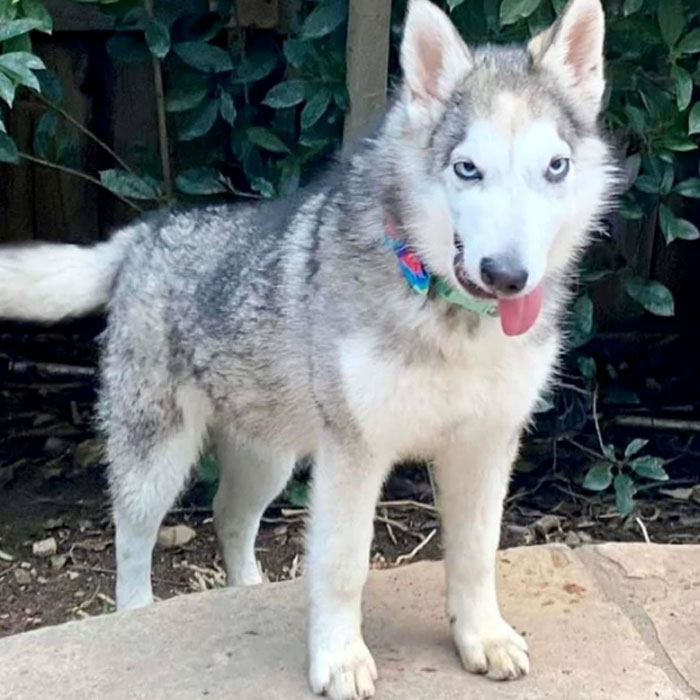
Meet Snickers! Just A Beautiful Girl With A Crooked Smile!
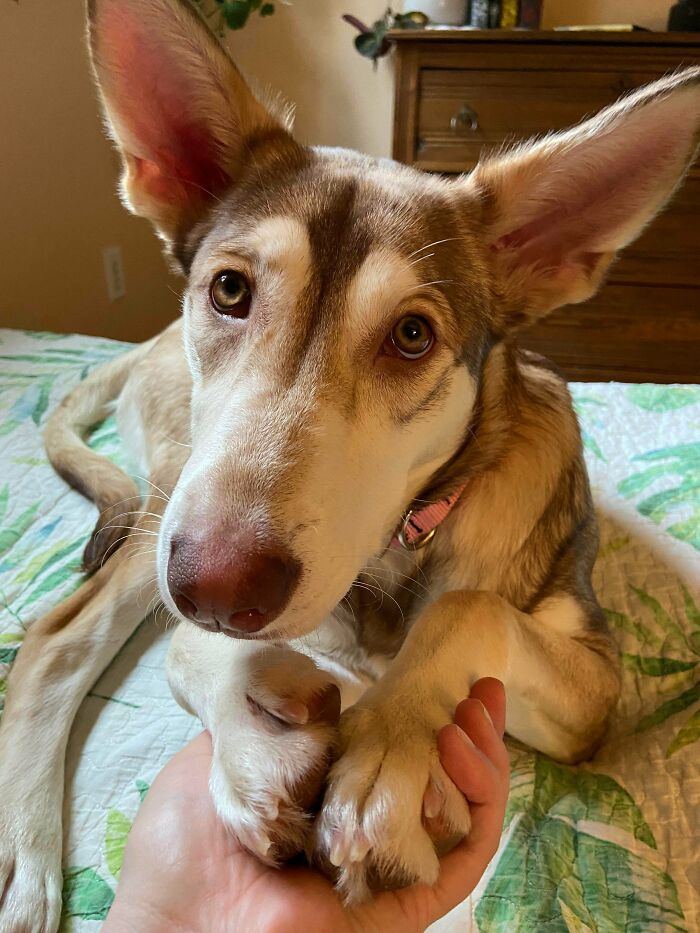
From Stray To Adopted And Then Returned, Penelope Has Finally Found Her Forever Home And We Love Her To Pieces
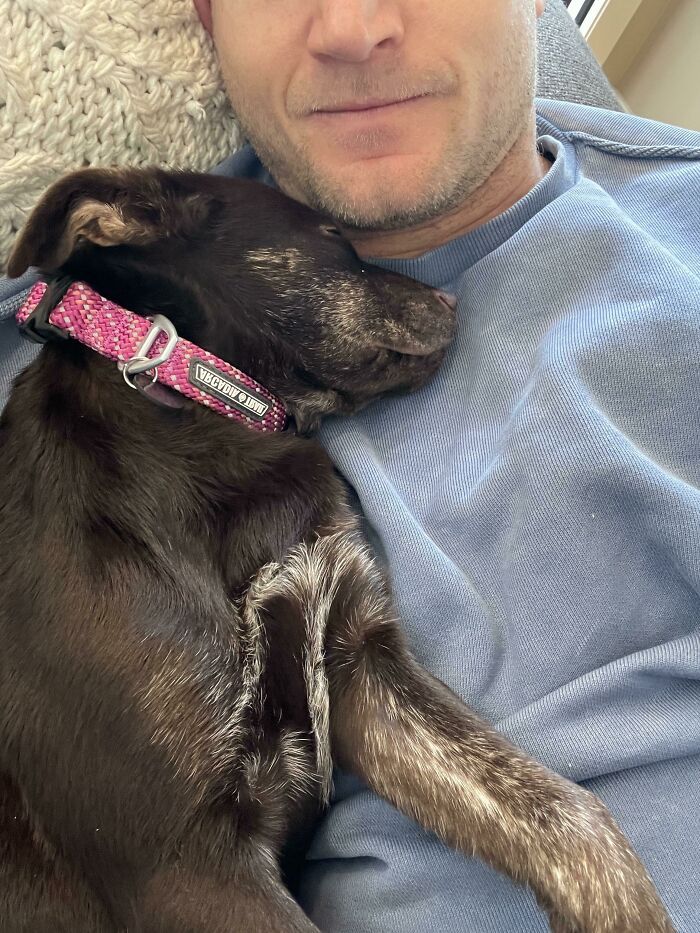
Joy Is Having An Adopted Puppy Fall Asleep On Your Chest On A Saturday Morning

Just Adopted This Little Cutie, Meet Sally The 8 Week Old Sausage Dog Pup

My TNR Ragnar. "He's Too Feral For Adoption"
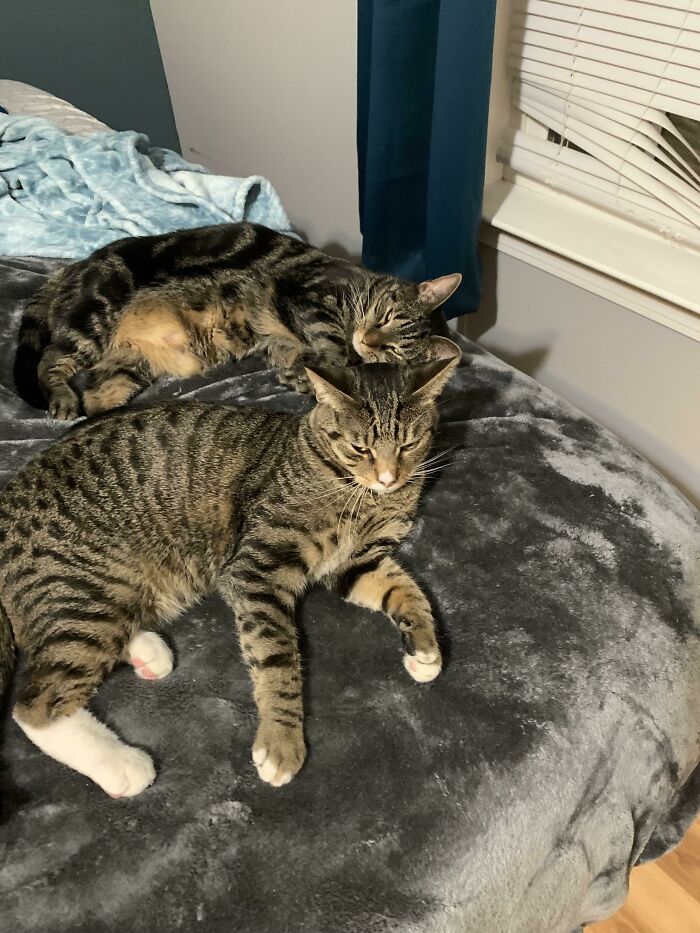
Adopted This Sweet Bonded Pair On Saturday. Over The Past Five Months We Lost All 4 Of Our Senior Cats… These Two Are Sure Helping Heal Our Hearts
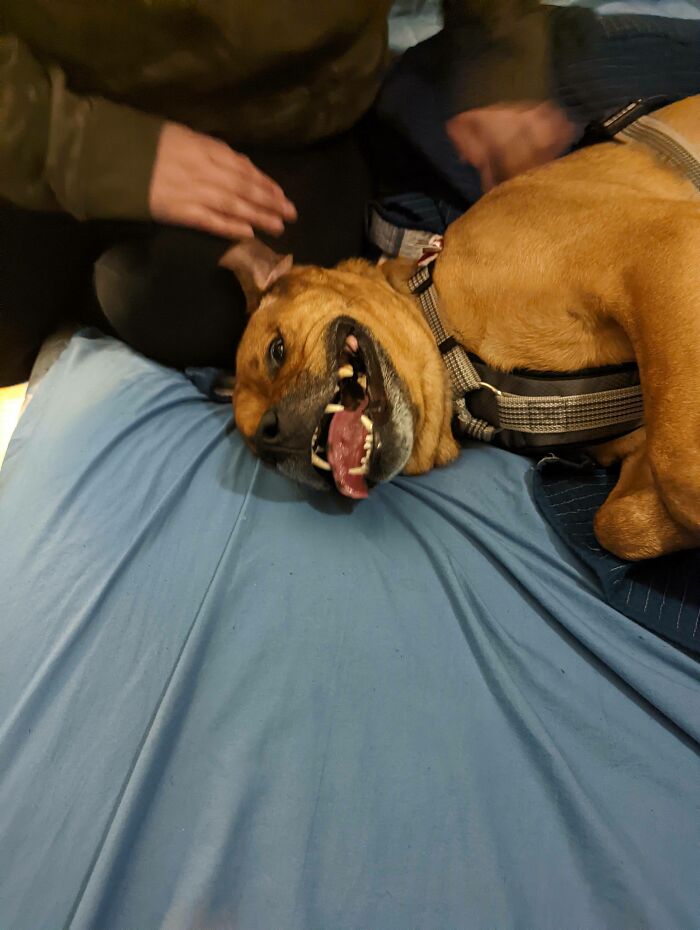
Just Adopted This Goofball

Adopted Two Kittens, Now They’re Best Friends. Meet Felix And Niko!
More at:
https://www.boredpanda.com/animals-just-got-adopted/
Ancient Indigenous lineage of Blackfoot Confederacy
Ancient Indigenous lineage of Blackfoot Confederacy goes back 18,000 years to last ice age, DNA reveals (complete title)
A new DNA study of living and historical members of the Blackfoot Confederacy in the U.S. and Canada suggests that they share a lineage with people from the last ice age.
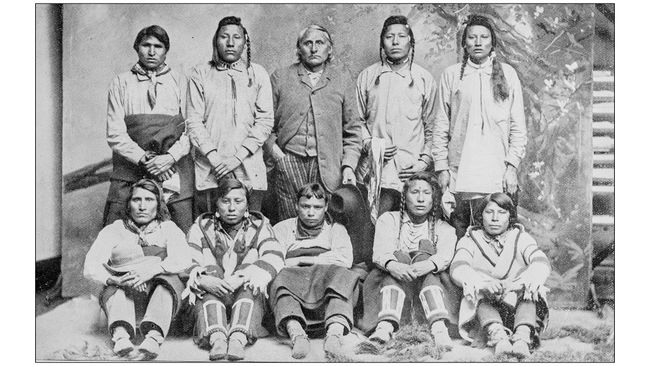
The Blackfoot Confederacy, shown here in a historical photo, has an ancient genetic lineage that goes back 18,000 years. (Image credit: ilbusca via Getty Images)
Members of the Blackfoot Confederacy have an ancient lineage that goes back 18,000 years, meaning that Indigenous peoples living in the Great Plains of Montana and southern Alberta today can trace their origins to ice age predecessors, a new DNA study reveals.
In the new study, published April 3 in the journal Science Advances, a team of researchers led by three members of the Blackfoot Confederacy investigated the genetic history of their tribes.
Comprising four related tribes — the Blackfeet, Kainai, Piikani and Siksika — members of the Blackfoot Confederacy historically included nomadic bison hunters and trout fishers. Their territory was divided in the mid-19th century by the U.S.-Canadian border, and in the late 19th century both countries' governments forced the Indigenous confederacy members to settle on reservations.
Since then, tribes in the Blackfoot Confederacy have had to defend their land claims and water rights, in spite of both archaeological evidence and oral traditions testifying to their deep history in the area. To provide an additional line of evidence that could help secure their treaty rights as well as to advance scientific knowledge of Indigenous genomic lineages, members of the Kainai Nation in Canada and the Blackfeet tribe in Montana partnered with scientists from multiple U.S. universities to investigate their genetic history.
https://www.livescience.com/archaeology/ancient-indigenous-lineage-of-blackfoot-confederacy-goes-back-18000-years-to-last-ice-age-dna-reveals
The 1st Americans were not who we thought they were
For decades, we thought the first humans to arrive in the Americas came across the Bering Land Bridge 13,000 years ago. New evidence is changing that picture.
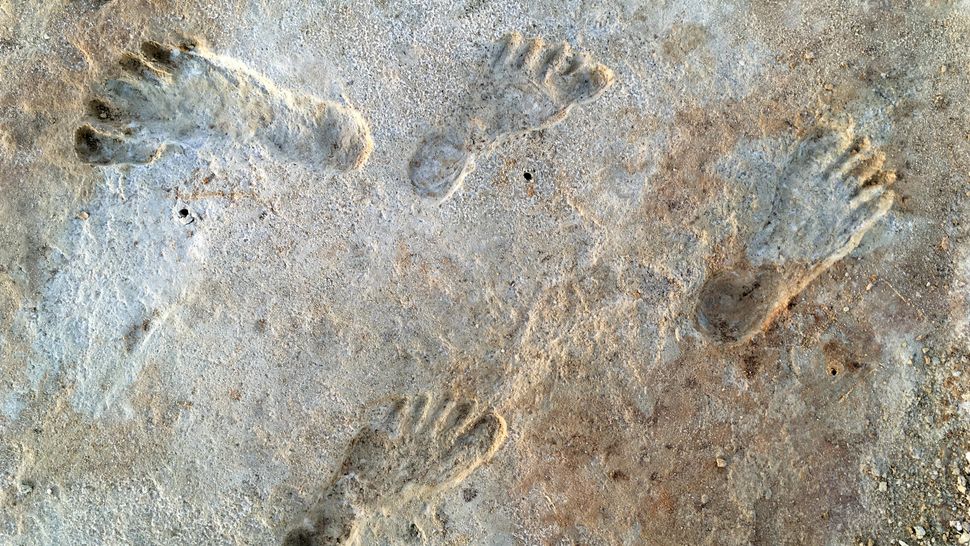
Fossilized human footprints at White Sands National Park in New Mexico date to around 21,000 to 23,000 years ago. (Image credit: National Park Service)
During the last ice age, humans ventured into two vast and completely unknown continents: North and South America. For nearly a century, researchers thought they knew how this wild journey occurred: The first people to cross the Bering Land Bridge, a massive swath of land that connected Asia with North America when sea levels were lower, were the Clovis, who made the journey shortly before 13,000 years ago.
According to the Clovis First theory, every Indigenous person in the Americas could be traced to this single, inland migration, said Loren Davis, a professor of anthropology at Oregon State University.
But in recent decades, several discoveries have revealed that humans first reached the so-called New World thousands of years before we initially thought and probably didn't get there by an inland route.
So who were the first Americans, and how and when did they arrive?
Genetic studies suggest that the first people to arrive in the Americas descend from an ancestral group of Ancient North Siberians and East Asians that mingled around 20,000 to 23,000 years ago. They crossed the Bering Land Bridge sometime between then and 15,500 years ago, said David Meltzer, an archaeologist and professor of prehistory in the Department of Anthropology at Southern Methodist University in Dallas and author of the book "First Peoples in a New World, 2nd Edition" (Cambridge University Press, 2021).
But some archaeological sites hint that people may have reached the Americas far earlier than that.
For instance, there are fossilized human footprints in White Sands National Park in New Mexico that may date to 21,000 to 23,000 years ago. That would mean humans arrived in North America during the Last Glacial Maximum (LGM), which occurred between about 26,500 to 19,000 years ago, when ice sheets covered much of what is now Alaska, Canada and the northern U.S.
https://www.livescience.com/archaeology/the-1st-americans-were-not-who-we-thought-they-were
Springtime in Kentucky
Buds are popping on the farm.....

Redbuds and phlox at the ponds


Tulips


Dogwoods

Plum and Crabapple

Some kind of flowering shrub

Apple blossoms

Baby Ruby (Surprise!)
Profile Information
Gender: Do not displayHome country: U.S.
Member since: Tue Dec 29, 2015, 03:16 PM
Number of posts: 22,038